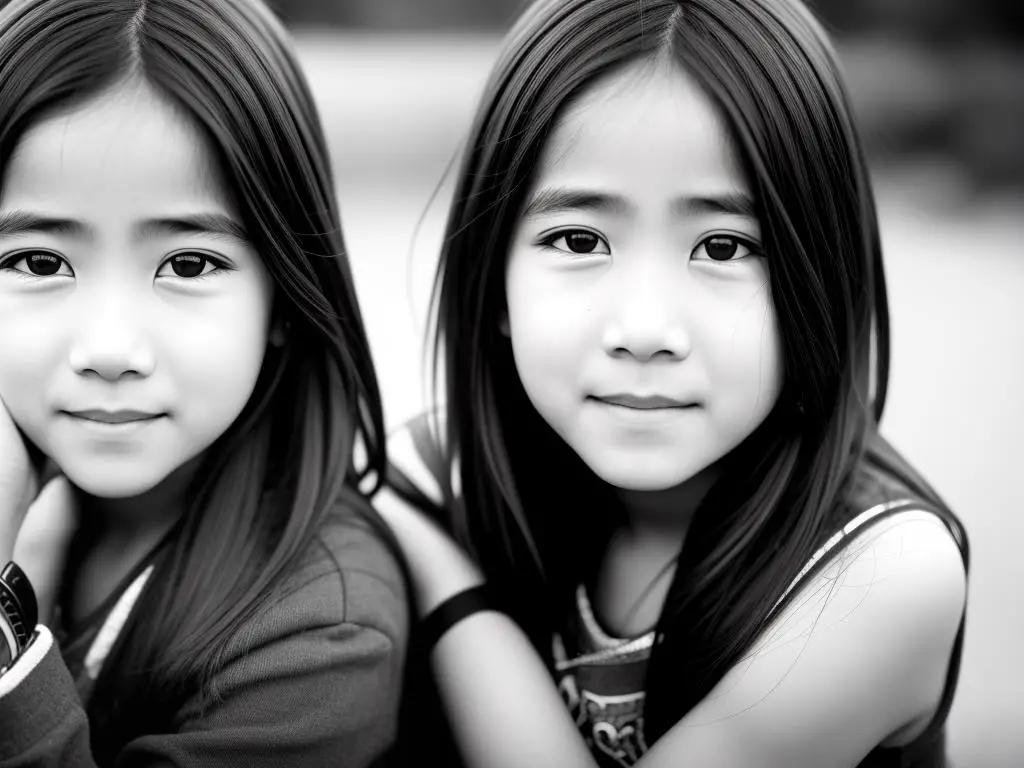The transformative echo of the shutter clicking, the gentle buzz of light creating art on film or sensor – portrait photography is more than just a hobby; it’s a craft requiring understanding, knowledge, and practice. Whether it’s the raw emotion of a candid shot or the framed perfection of a formal portrait, mastery of this art form starts with the basics and builds upward from there. Offering a comprehensive overview, this essay presents a guide that will help you embark on your journey towards mastering portrait photography – from understanding the fundamentals, mastering techniques and styles, manipulating lighting and backgrounds, to effectively conducting photo shoots, and implementing post-processing and editing.
Understanding the Basics of Portrait Photography
Defining Portrait Photography
Portrait photography, often known as portraiture, involves capturing a person or group of people, focusing on the face, expression, and occasionally the upper body. This genre of photography aims to portray the personality, mood, and expression of the person or people being photographed.
Accentuating the Subject
One of the most distinguishing characteristics of portrait photography is its emphasis on the subject. A good portrait can reveal a lot about the character, emotions, and thought processes of the individual at the moment of the shot. Therefore, a portrait photographer’s primary focus is to highlight the person in the frame and draw attention to their unique features or expressions. This could be achieved through a variety of techniques, including careful lighting, choosing the right background, or even creating a particular mood or atmosphere.
Emotion and Expression
In portrait photography, understanding human emotions and how to translate them into visual art significantly enhances the result’s impact. Every emotion tells a story. It’s the photographer’s job to choose the right moment that best expresses the subject’s emotions and feelings. The perfect portrait merges technical excellence with emotional closeness. To get a natural and emotive shot, the photographer often interacts with the subject, puts them at ease, and captures their spontaneous reactions.
Equipment Basics
In portrait photography, the camera is a given, but the lens and lighting equipment can make a significant difference in the final result.
Firstly, the lens choice can dramatically affect the look and feel of the portrait. The most commonly used lenses in portrait photography are the 50mm and 85mm, which are excellent for creating a realistic representation of your subject. An 85mm lens, also known as a portrait lens, allows you to photograph a subject from a comfortable distance, creating an intimate feeling without invading their personal space.
Secondly, the lighting in portrait photography is critical as it helps to emphasize emotion, mood, and drama in an image. It can be as simple as natural light from a window or as complex as a multi-light studio setup. Investing in a good quality reflector can help add fill light to reduce harsh shadows and bring out important details.
When it comes to selecting the appropriate equipment for portrait photography, remember, it’s important to be clear about what kind of portrait you wish to capture. This understanding will guide your decisions and ensure you’re properly equipped to capture the perfect shot.
Introduction to Portrait Photography
Portrait photography is a creative exploration of a subject’s features, emotions, and character. The unique blend of art and technology involved allows the photographer to tell a narrative using only their camera, lighting equipment, and understanding of human emotion. This niche of photography involves much more than just capturing an image; it demands the ability to form a deep connection with your subject and portray their emotions in a visually captivating manner.
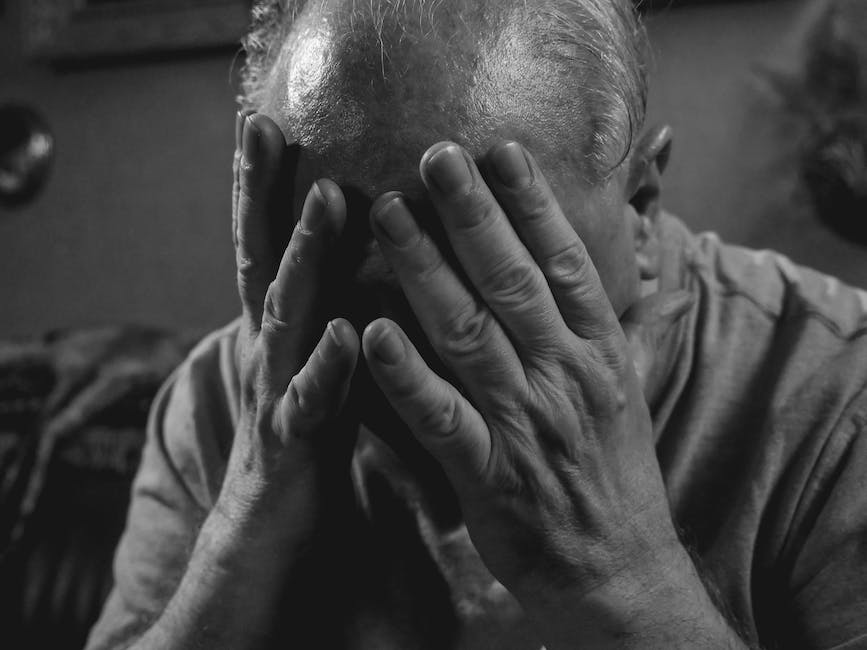
Mastering Photography Techniques and Styles
Delving Deeper into Portrait Photography
At its essence, portrait photography brilliantly encapsulates the personality and emotion of a subject, whether an individual, a couple, or a group, by taking into account different lighting, backdrops, and poses. The aim isn’t merely to reveal the physical attributes of someone, but to highlight their mood, emotions, and character.
Due to its nature of exploring the subject-camera interaction, portrait photography is cherished by both professionals and hobbyists. To excel in this domain, it’s crucial to thoroughly understand certain elements like composition, framing, angles, and depth of field.
Framing and Composition in Portrait Photography
Framing and composition are the structural backbone of a good portrait. Framing refers to how elements in the scene are arranged around your subject, drawing attention to the most important parts of your image. On the other hand, composition is the arrangement of everything in your frame, including the subject, the background, and all of the smaller details. A well-framed and composed image can tell a story that immediately captivates the viewer.
There are different composition rules you can employ in portrait photography, such as the rule of thirds, leading lines, and the golden ratio. However, it’s equally essential to feel free to break these rules and experiment, as it may lead to unique and interesting perspectives.
Understanding Angles and Depth of Field
Angles in photography can drastically change how your subject is perceived. A high angle can make your subject seem small or vulnerable, while a low angle can make them look powerful or intimidating. Experimenting with different angles can add an entirely new dimension to your portraits.
On the other hand, depth of field is the area of your photo that remains in sharp focus. In portrait photography, a shallow depth of field is often used to blur out the background and focus on the subject. This makes the viewer’s focus on the subject’s emotional state and personal attributes rather than the surrounding environment.
Diving Into the Rich Variety of Portrait Photography Styles
Portrait photography might be mainly associated with clear, direct shots of individuals, but it’s much more multifaceted. Let’s unpack a few different styles. Environmental portraits cleverly use settings that reveal more about a subject’s lifestyle or personality—like their occupation, hobbies, or day-to-day activities.
Candid portraits, on the other hand, capitalize on natural, unscripted moments, revealing the subject’s authentic emotions and true character. Perfecting this style demands a knack for discretion and impeccable timing.
In a stark shift, creative portraits toss conventional rules out the window, experimenting with bold poses, original compositions, and inventive post-processing that question established perspectives of beauty and aesthetics.
And let’s not forget about traditional portraits, most commonly headshots where the subject meets the camera’s gaze. These formal portraits are typically used for professional profiles or official documentation.
Each style has its unique allure and personality, and the right use of techniques like lighting, composition, and post-processing can elevate them. So don’t let strict rules hem in your creativity; embrace experimentation to discover a portrait photography style that speaks to you. This adventure can lead to fascinating discoveries and rewarding victories in the captivating realm of portrait photography.
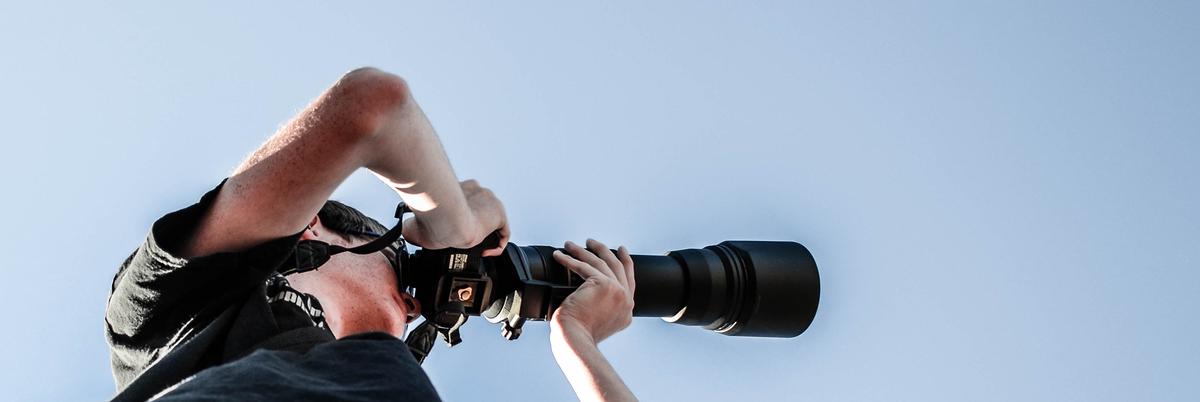
Photo by atharva_tulsi on Unsplash
Proper Lighting and Background Selection
Shining a Light on the Role of Illumination in Portrait Photography
Mastering light usage in portrait photography can transform an average picture into a breathtaking masterpiece. Lighting gives prominence to the subject, bringing depth and contrast to the portrait. Different sources of light include the sun’s natural light, man-made lights like lamps and flashes, and reflective surfaces. Learning how to harness and manipulate these varied light sources can exponentially enhance the quality and impact of your portraits.
Natural Light
Natural light is the most readily available light and can be used in a variety of ways to create different moods in a portrait. The golden hours, which are the period shortly after sunrise or before sunset, provide the softest and warmest light. On the other hand, shooting in the middle of the day can result in harsh shadows.
Artificial Light
Artificial light comes from sources like lamps, ceiling lights, candles, or photography equipment such as flashes and studio lights. Artificial light is more controllable than natural light. It can easily be manipulated to create various effects depending on your desired outcome.
Reflective Surfaces and Diffusers
Reflective surfaces (like white walls, mirrors, or reflective fabrics) and diffusers (like frosted glass or diffusion fabrics) can also play an important role in portrait lighting. These can be used to soften harsh light or fill in shadows, thereby creating a more flattering light on the face of your subject.
Manipulating Light in Portrait Photography
The mastery of lighting in portrait photography lies in understanding how to manipulate it. When shooting indoors, for instance, using window light can result in a very soft, appealing light. You can increase or reduce the harshness of the light by altering the distance between the subject and the light source.
With the use of a reflector or diffuser, you can modify the characteristics of the light even further. A reflector can bounce light back onto your subject, filling in shadows for a more evenly lit portrait. A diffuser, on the other hand, can be used to soften light, reducing harsh shadows and contrasts.
Choosing the Right Background for Portrait Photography
As essential as lighting is, the background selection also plays a pivotal role in the outcome of a portrait. The perfect background should not distract from the subject but rather enhance or complement the overall image.
Background Colors
Choosing a color for your background mostly depends on the mood you want to generate. While lighter colors might create a cheerful, airy atmosphere, darker colors usually provide a more serious and dramatic ambiance.
Background Texture
The texture of your background can add interest and depth to the portrait. You might opt for a smooth, blurry background if you want your subject to stand out, or a textured background to add a sense of environment and location.
Background Patterns
Patterns can also make a background interesting, but it’s critical not to let them overshadow your subject. Subtle patterns that complement your subject’s outfit or the theme of the shoot are often the best choice.
The Journey of Mastering Portrait Photography
Becoming proficient in portrait photography is a continuous journey of artistic exploration. It demands regular practice and experimentation, particularly in mastering lighting and picking the right background. This process will consistently enrich and widen your experience in this craft.
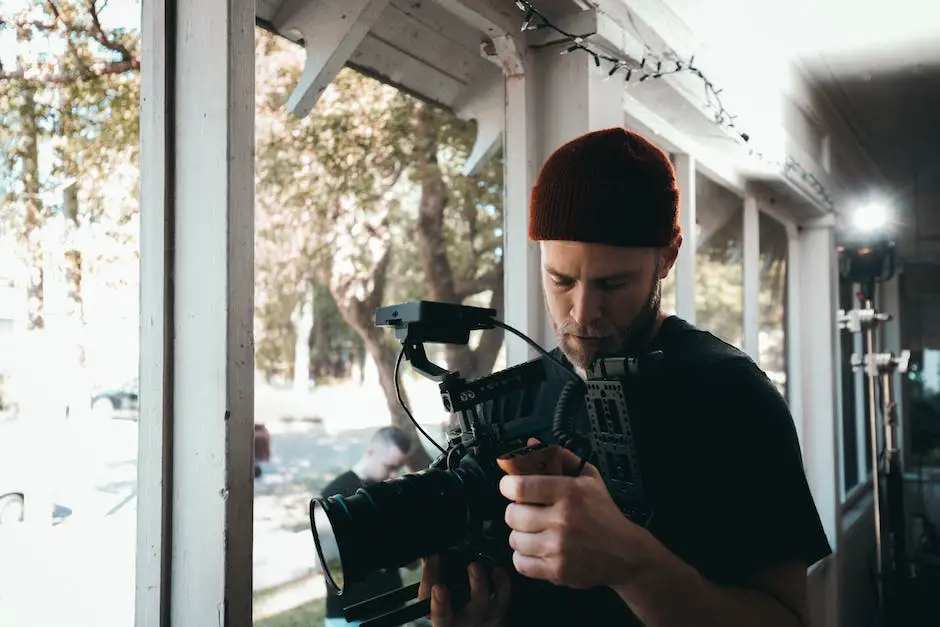
Conducting and Directing Photo Shoots
Unraveling the Complexity of Portrait Photography
Mastering portrait photography goes beyond understanding the technicalities of using a camera. It’s equally important to master the art of conducting and directing successful photo shoots. This involves a balanced blend of exceptional communication skills, a strong grasp of model direction techniques, and a discerning eye for capturing genuine expressions and emotions.
Communicating Effectively With Your Models
The first principle in leading a successful photo shoot revolves around effective communication with your models. Open channels of communication make the models feel comfortable and secure. This is crucial because comfort translates into authenticity, removing any stiffness or unnatural poses.
Listening is crucial in this process. Always encourage your models to express their ideas and insecurities. Acknowledge them clearly and work collaboratively to incorporate those ideas, or alleviate any safety concerns, making necessary adjustments in posing or scenery. This fosters a mutual respect and trust that often results in better, more genuine expressions and poses.
Directing Models Efficiently
Successful direction comes with experience and patience. Not all models are professional, so knowing how to direct inexperienced ones kindly can be challenging. Your ability to articulate the desired pose is essential to capturing an impactful portrait.
Think of your words as a map guiding your model to a destination. Use clear, concise instructions that are easy to execute. Avoid industry jargon that your models might not understand. Instead, use everyday language, or even demonstrate the pose yourself if necessary.
Remember that positive reinforcement motivates people. Compliment your model’s efforts often to build their confidence.
Genuine Expressions and Emotions: A Key to a Good Portrait
A captivating portrait is one that showcases genuine expressions and emotions. While technique and composition play a part, it’s ultimately the emotional depth that sets a portrait apart.
To capture these authentic emotions, work on building a relationship with your model. Sharing personal stories, having a conversation, or even a bit of humor can help make your subject comfortable and relaxed. Look for those moments when your model’s guard is down – those are the instances where real emotions shine.
Another method is to provide scenarios for your models to react to rather than posing them manually. For instance, you could ask a model to imagine they have just seen an old friend, to conjure emotions of happiness and surprise.
Wrapping it up: Manifesting the Magic
Achieving proficiency in organizing and guiding photoshoots significantly refines the quality of your portraits. Placing your focus on articulate communication, effective instruction, and documenting authentic expressions ensures that your photography journey is well in progress towards producing captivating portraits that narrate evocative, human experiences. Keep in mind that, with any art form, repetition is the pathway to mastery. Remain committed to capturing, understanding, and perfecting your technique.

Post-processing and Editing
Delving into Post-Processing in Portrait Photography
The splendor of portrait photography doesn’t conclude with the click of the shutter button. The heart of ingenuity is in the process of post-production editing. This phase involves a range of transformative actions, such as evaluating, picking, and polishing images to reach an ultimate flawless finish. Using progressive software like Adobe Lightroom or Photoshop will greatly enhance your final outcome. Nevertheless, the key lies in maintaining the innate soul of the photograph, without overdoing the editing.
Reviewing and Selecting Your Best Shots
The initial part of post-processing involves a critical examination of the photographs taken. In portrait photography, emotion and personal connection are often as vital as composition and lighting, so the photos chosen should ideally communicate the depth of feeling you wish to convey. It’s important to use a discerning eye, to evaluate the technical aspects and the emotional resonance of each image, before selecting the ones that will proceed to the editing stage.
During the reviewing phase, it is helpful to use features like “rating” or “flagging” in your chosen photo editing software. This way you can easily organize and identify the potential best shots from the pool of images.
Editing Using Adobe Lightroom and Photoshop
Once you have selected the outstanding photos, the next step involves refining them using photo editing software. Both Adobe Lightroom and Photoshop offer a suite of tools to optimize your images, from basic alterations like cropping and exposure adjustments to more advanced techniques like layer masking and frequency separation.
While Adobe Lightroom is typically used for organizing photos and making general edits such as exposure, contrast, white balance, and color saturation, Adobe Photoshop expands your editing possibilities substantially. It provides advanced retouching, like removing blemishes or stray hairs, and stylistic adjustments, such as applying effects or blending modes.
In revitalizing portrait photographs, commonly deployed techniques include skin softening to bring smoothness without compromising on the natural skin texture, or eye enhancement to make the subjects’ eyes more vibrant and engaging but not looking overly sharp or artificial.
Maintaining the Natural Look
Keeping a natural look in your images is crucial. Over-edited photos can seem strange and unrealistic. It is essential to understand that while photo editing tools can enhance the quality of your captured images, overdoing it could potentially detract from the subject’s inherent beauty and the story you are trying to narrate through your photo.
So, when editing, especially with portraits, subtlety is king. For instance, while retouching skin, the goal should not be to erase every single line and blemish but to minimize and soften distracting elements while preserving the texture.
Remember, the main intent of portrait photography editing and post-processing is primarily to enhance and refine the capture, to bring the viewers’ attention on your subject, and most importantly, to tell a story. The more naturally you wield your editing tools, the more compelling and successful your portraits will be.
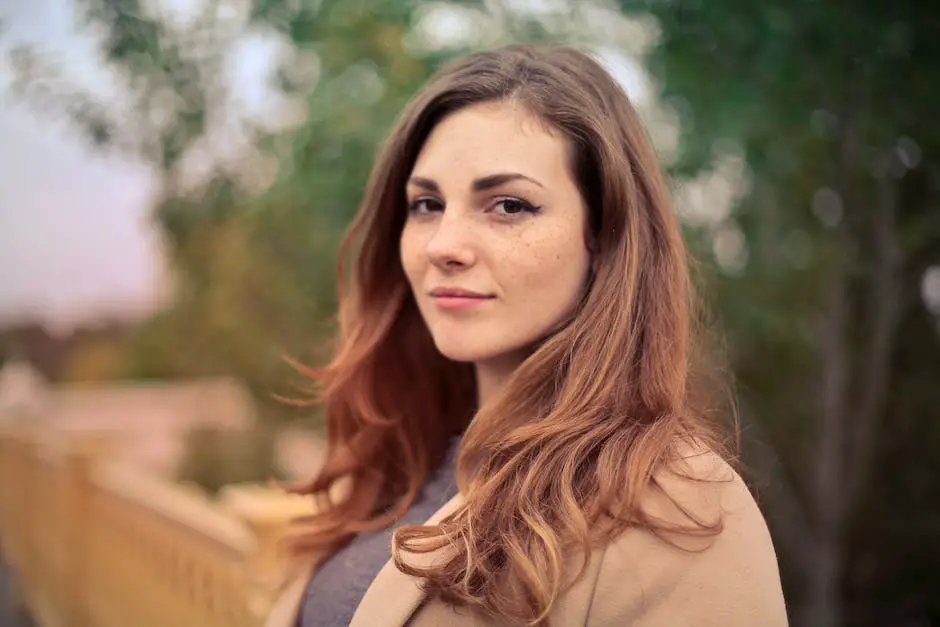
Stepping into the world of portrait photography requires more than just enthusiasm. As you venture into this fascinating field, remember that success in capturing effective portraits is rooted in understanding not just the technical aspects, but also the intuitive ones. Each subject is a story waiting to be unfolded, and as a portrait photographer, your role is not just to capture an image, but also to reveal and emphasize the essence of that story. Along with the given comprehensive guide, what will set you apart is how you exercise patience, creativity, and sensitivity towards your subjects. So, arm yourself with this knowledge, turn on your camera, and let your journey towards mastering portrait photography begin.
Originally posted 2023-10-31 22:05:11.

